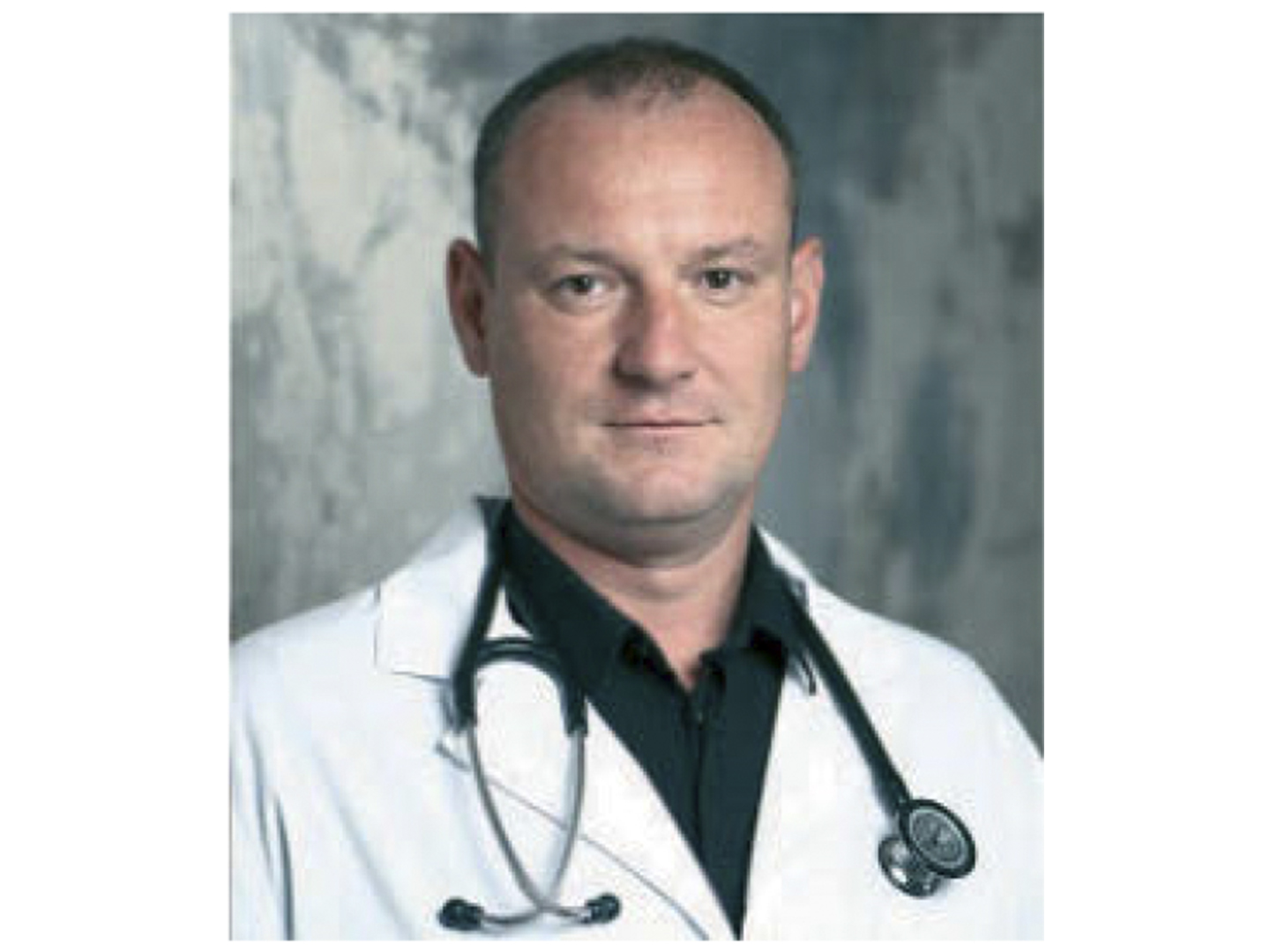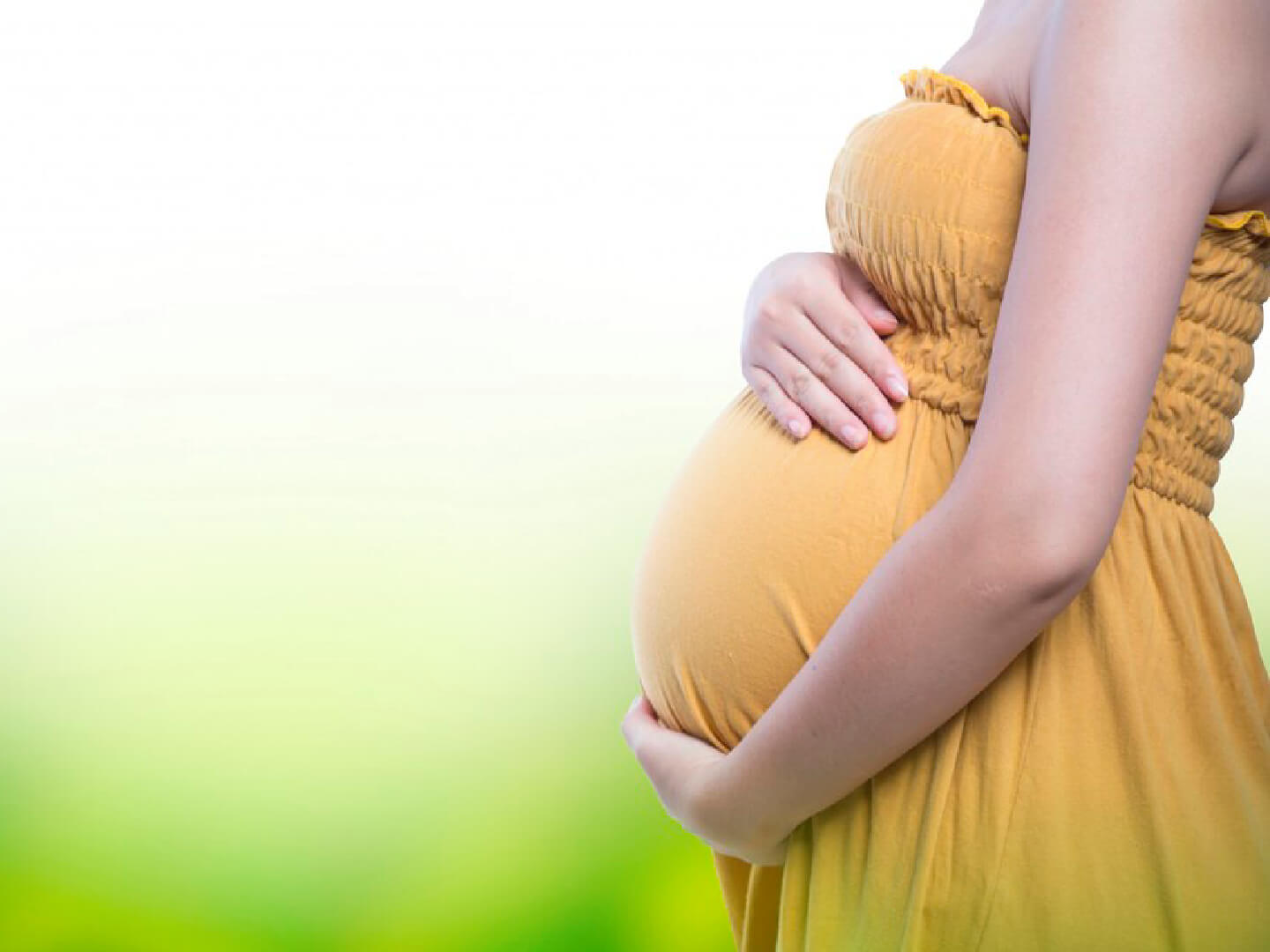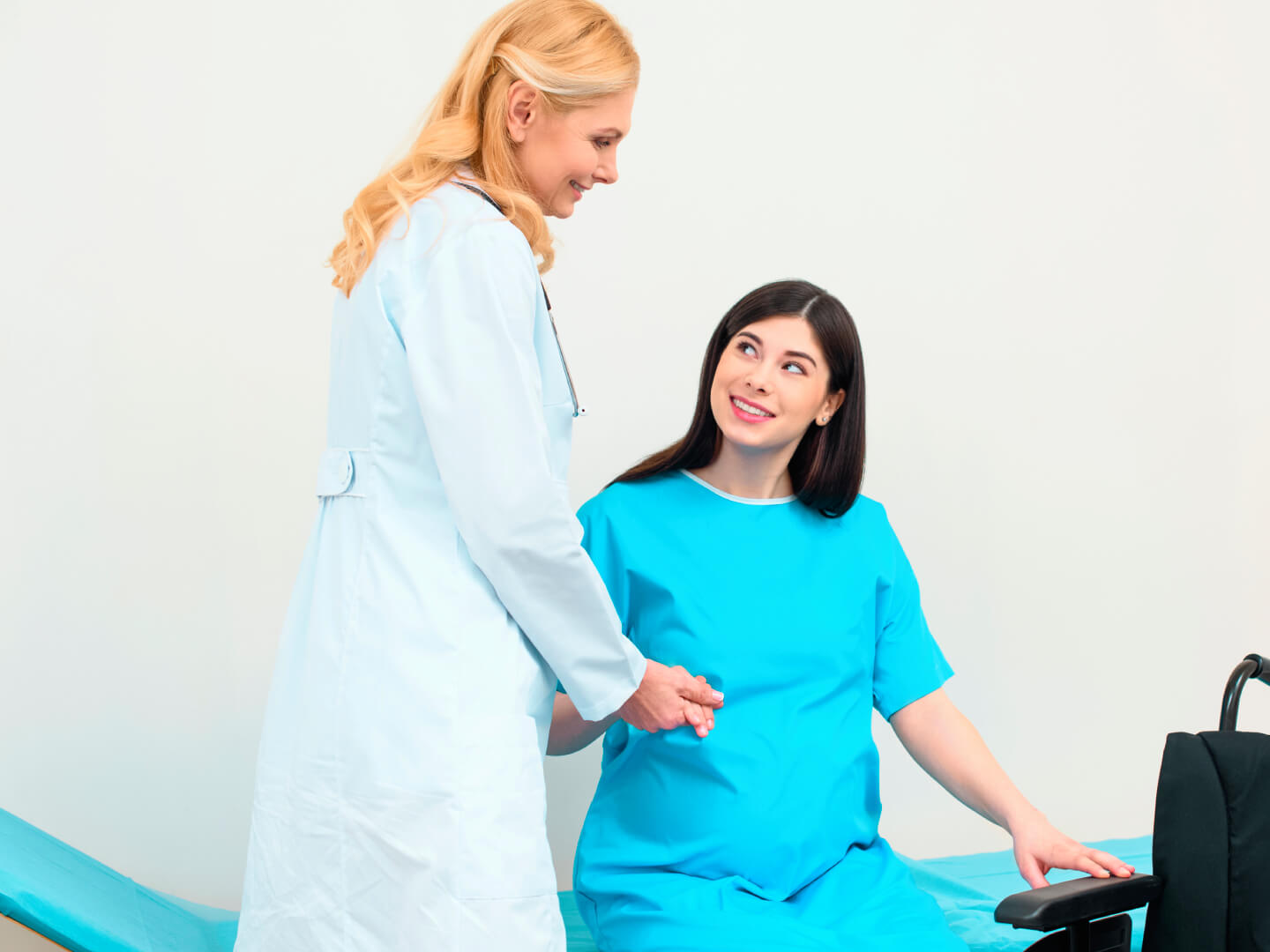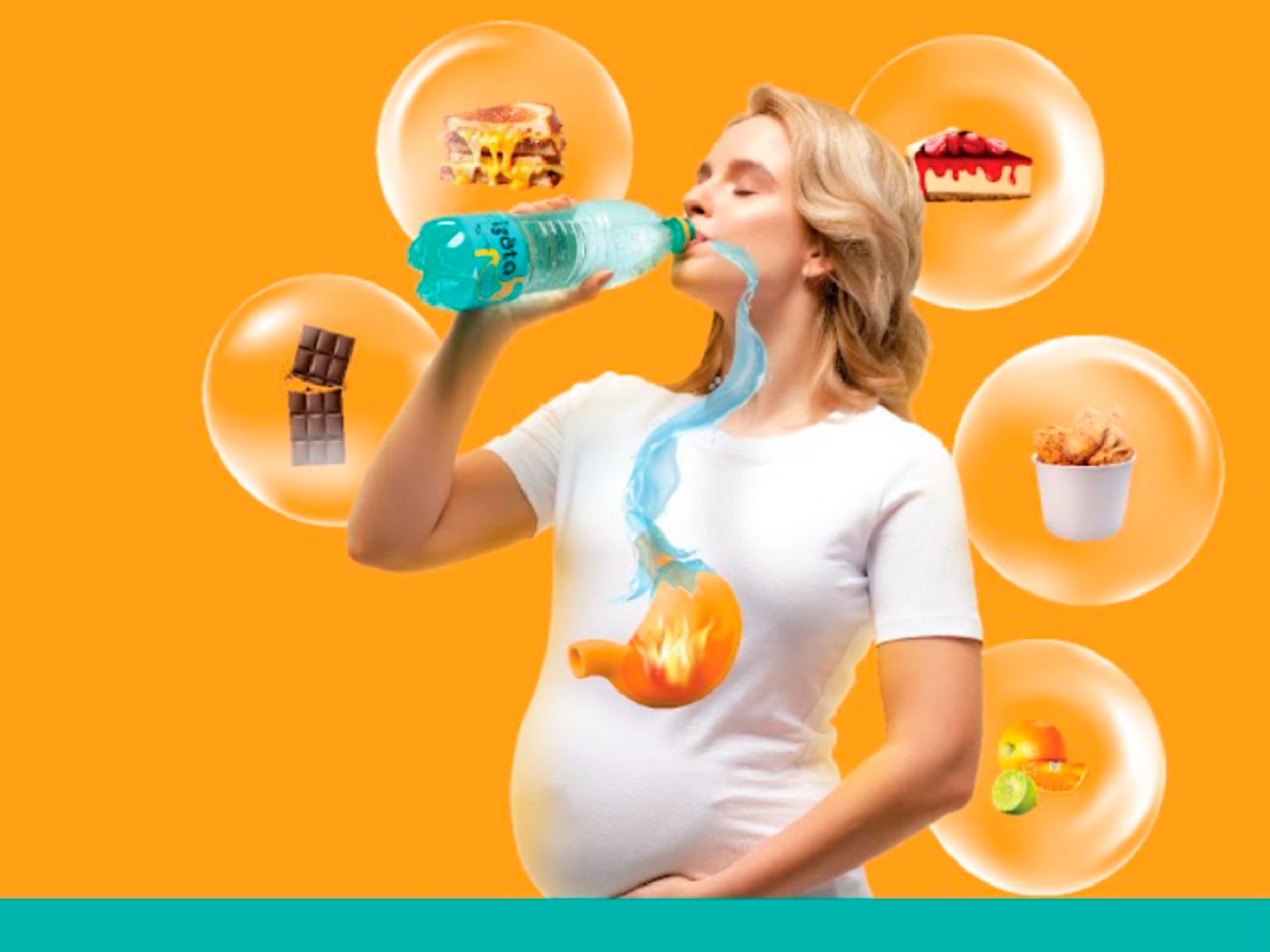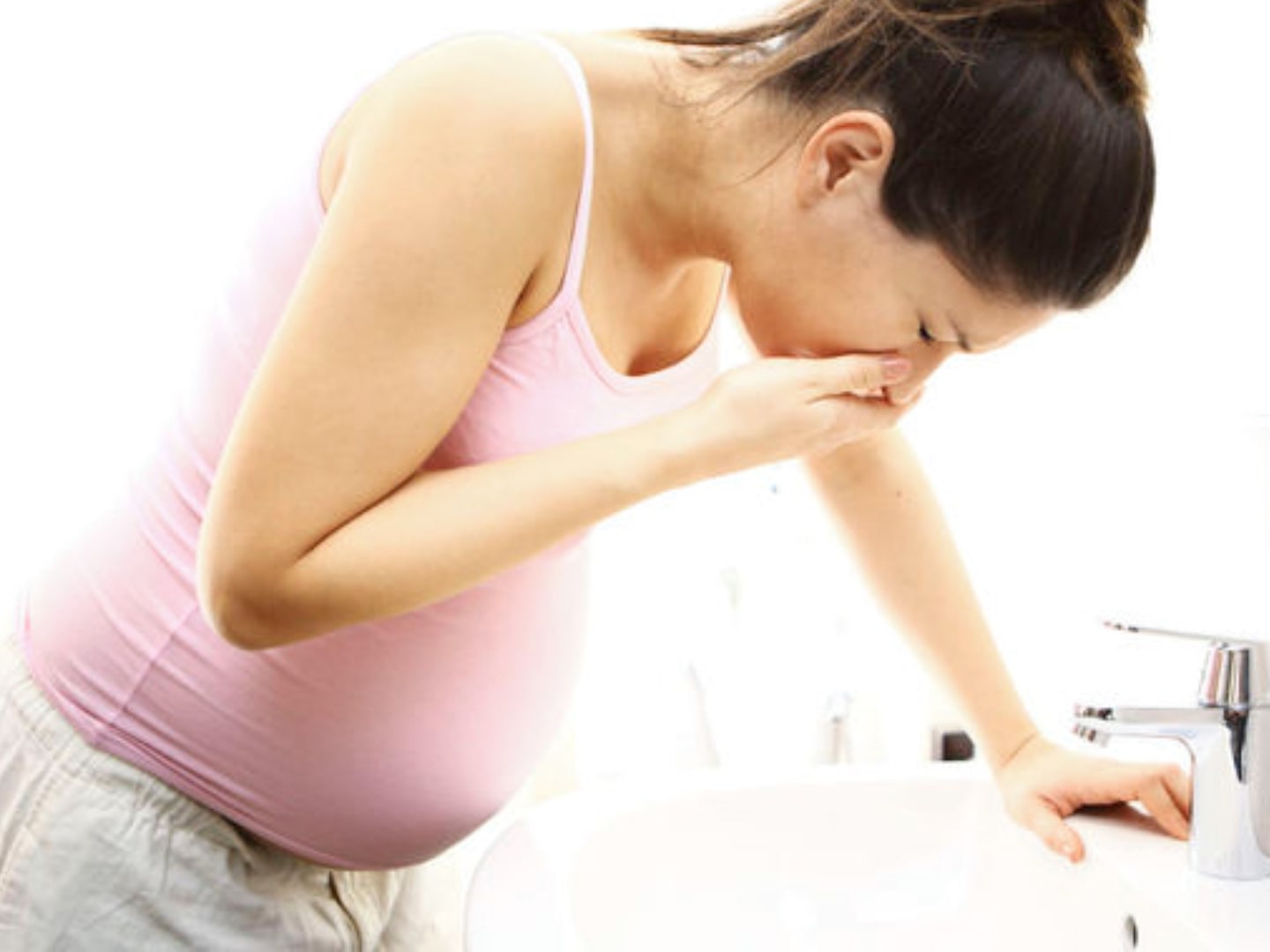Reduction of obstetric injuries by increasing of the birth canal elasticity
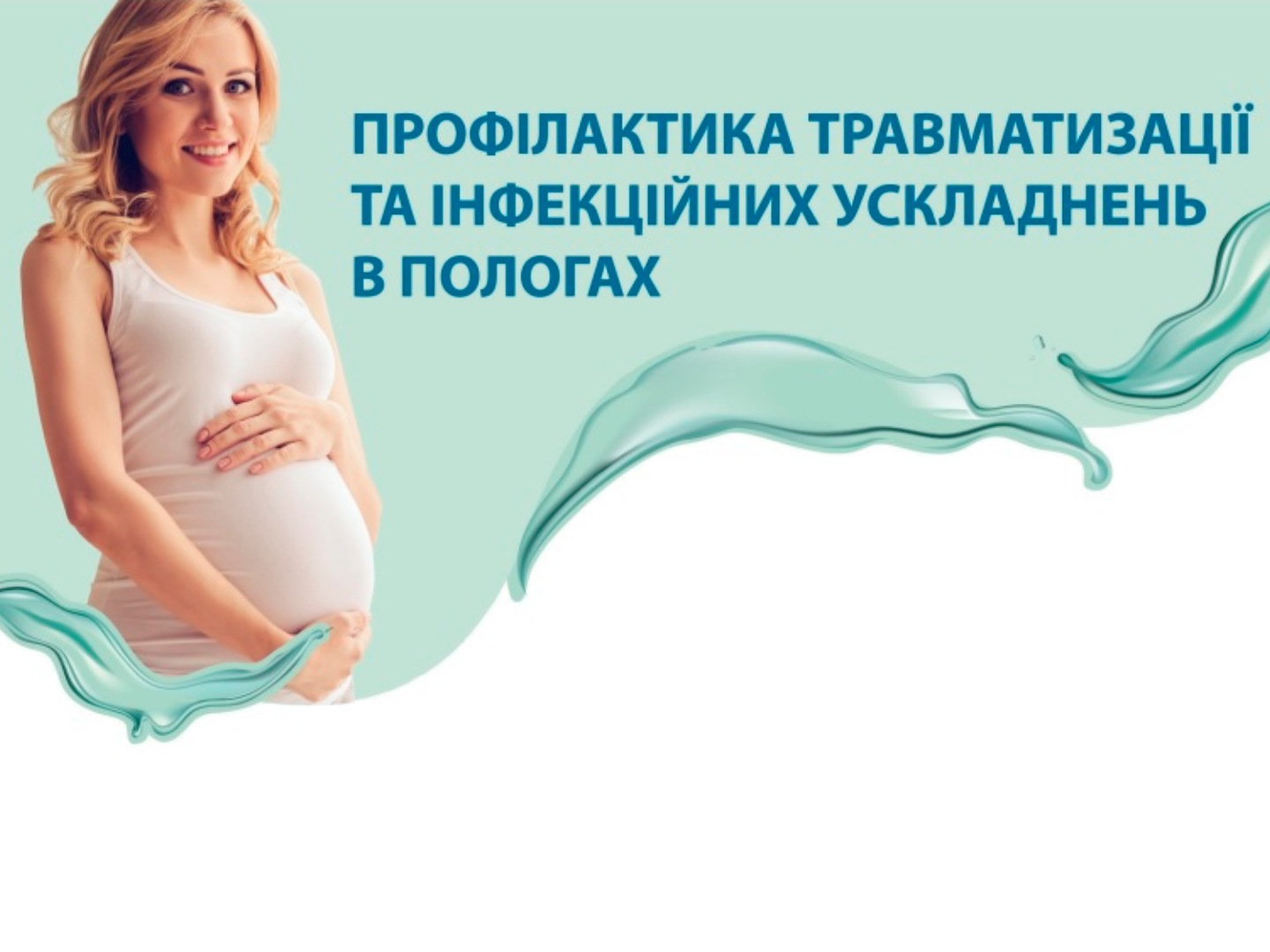
The objective: to evaluate the therapeutic effect of a vaginal gel containing hyaluronic acid and decamethoxine for the prevention of obstetric injuries reduction of the birth canal during childbirth, as well as to improve the course of the postpartum period.
Materials and methods. An analysis of the course of vaginal births in the fetal head presentation of 500 births that took place in the communal non-commercial enterprise “Kyiv City Maternity Hospital No. 2” during 2021-2022 was carried out. The main group included 250 pregnant women who were given a vaginal gel containing decamethoxine, sodium hyaluronate and lactic acid during childbirth and in the postpartum period. The comparison group consisted of 250 pregnant women who did not use the specified gel during childbirth and in the postpartum period.
Results. The average age of patients in the main and the comparison group was 28.92±1.32 and 27.17±1.56 years, respectively. In both groups, primiparous women prevailed – 157 (62.80 %) persons in the main group, 158 (63.20 %) – in the comparison group, 93 (37.20 %) and 92 (36.80 %) women had the second labor, respectively. There was a tendency to decrease the time of the second period of labor in women of the main group compared to the comparison group. The frequency of episiotomy was 1.63 times lower in the main group than in the comparison group (p<0.05), the rate of soft tissue injuries in childbirth – 1.32 times lower (109 (43.60 %) and 144 (57.60 %) women, respectively; p=0.002).
During the week of the postpartum period, the number of patients with discomfort in the vagina and perineum was 2.49 times less in the main group (59 (23.60%) persons) than in the comparison group (147 (58.80 %) women; p<0.001), with pain – 1.85 times (88 (35.20 %) and 163 (65.20 %) individuals, p<0.001). 132 (52.80 %) women of the comparison group complained on the limitations in their daily activities due to the mentioned symptoms, which was 2.16 times more than in the main group (61 (24.40 %) persons; p<0.001).
Keywords: childbirth, obstetric trauma, postpartum period, complications, perineal rupture, prevention, sodium hyaluronate.
Conclusions:
The use of vaginal gel, which contains hyaluronic acid and decamethoxine, during childbirth and in the postpartum period for prevention of obstetric injuries and improvement the course of the postpartum period is effective, which led to a 1.32-fold decrease of women with vaginal and perineal tears (p<0.05) and 1.63 times – the frequency of episiotomy (р<0.05) and improvement of the course of the postpartum period.
Literature:
- Bączek G, Rzońca E, Sys D, Rychlewicz S, Durka A, Rzońca P, Bień A. Spontaneous Perineal Trauma during Non-Operative Childbirth-Retrospective Analysis of Perineal Laceration Risk Factors. Int J Environ Res Public Health. 2022 Jun 23;19(13):7653. doi: 10.3390/ijerph19137653.
- Luxford E, Bates L, King J. ‘Please Squeeze’: A novel approach to perineal guarding at the time of delivery reduced rates of obstetric anal sphincter injury in an Australian tertiary hospital. Aust N Z J Obstet Gynaecol. 2020 Dec;60(6):914-918. doi: 10.1111/ajo.13181.
- Thubert T, Cardaillac C, Fritel X, Winer N, Dochez V. Définitions, épidémiologie et facteurs de risque des lésions périnéales du 3eet 4e degrés. RPC Prévention et protection périnéale en obstétrique CNGOF [Definition, epidemiology and risk factors of obstetric anal sphincter injuries: CNGOF Perineal Prevention and Protection in Obstetrics Guidelines]. Gynecol Obstet Fertil Senol. 2018 Dec;46(12):913-921. French. doi: 10.1016/j.gofs.2018.10.028.
- Wilson AN, Homer CSE. Third- and fourth-degree tears: A review of the current evidence for prevention and management. Aust N Z J Obstet Gynaecol. 2020 Apr;60(2):175-182. doi: 10.1111/ajo.13127.
- Lincová M, Neumannová H, Mikysková I, Zikán M. Obstetric anal sphincter injuries – review of our date between 2015-2017. Ceska Gynekol. 2019 Winter;84(1):18-22.
- Meister MR, Cahill AG, Conner SN, Woolfolk CL, Lowder JL. Predicting obstetric anal sphincter injuries in a modern obstetric population. Am J Obstet Gynecol. 2016 Sep;215(3):310.e1-7. doi: 10.1016/j.ajog.2016.02.041.
- Mahgoub S, Piant H, Gaudineau A, Lefebvre F, Langer B, Koch A. Risk factors for obstetric anal sphincter injuries (OASIS) and the role of episiotomy: A retrospective series of 496 cases. J Gynecol Obstet Hum Reprod. 2019 Oct;48(8):657-662. doi: 10.1016/j.jogoh.2019.07.004.
- Lucena da Silva M, Andressa Bastos Primo de Sousa Santos T, Wane Carvalho Leite L, Emanoel Chaves da Silva C, Oliveira do Nascimento A, Teixeira Alves A, Driusso P, da Costa Cunha K. The effectiveness of interventions in the prevention of perineal trauma in parturients: A systematic review with meta-analysis. Eur J Obstet Gynecol Reprod Biol. 2023 Apr;283:100-111. doi: 10.1016/j.ejogrb.2023.02.008.
- Rasmussen OB, Yding A, Andersen CS, Boris J, Lauszus FF. Which elements were significant in reducing obstetric anal sphincter injury? A prospective follow-up study. BMC Pregnancy Childbirth. 2021 Nov 18;21(1):781. doi: 10.1186/s12884-021-04260-z.
- Aasheim V, Nilsen ABV, Reinar LM, Lukasse M. Perineal techniques during the second stage of labour for reducing perineal trauma. Cochrane Database Syst Rev. 2017 Jun 13;6(6):CD006672. doi: 10.1002/14651858.CD006672.pub3.
- Gupta JK, Sood A, Hofmeyr GJ, Vogel JP. Position in the second stage of labour for women without epidural anaesthesia. Cochrane Database Syst Rev. 2017 May 25;5(5):CD002006. doi: 10.1002/14651858.CD002006.pub4.
- Наказ міністерства охорони здоров’я України №170 від 26.01.2022 «Про затвердження Уніфікованого клінічного протоколу первинної, вторинної (спеціалізованої), третинної (високоспеціалізованої) медичної допомоги «Фізіологічні пологи»». Доступно на: dec.gov.ua/mtd/fiziologichni-pology/
- Abou-Dakn M, Schäfers R, Peterwerth N, Asmushen K, Bässler-Weber S, Boes U, Bosch A, Ehm D, Fischer T, Greening M, Hartmann K, Heller G, Kapp C, von Kaisenberg C, Kayer B, Kranke P, Lawrenz B, Louwen F, Loytved C, Lütje W, Mattern E, Nielsen R, Reister F, Schlösser R, Schwarz C, Stephan V, Kalberer BS, Valet A, Wenk M, Kehl S. Vaginal Birth at Term – Part 2. Guideline of the DGGG, OEGGG and SGGG (S3-Level, AWMF Registry No. 015/083, December 2020). Geburtshilfe Frauenheilkd. 2022 Nov 3;82(11):1194-1248. doi: 10.1055/a-1904-6769.
- Delgado Nunes V, Gholitabar M, Sims JM, Bewley S; Guideline Development Group. Intrapartum care of healthy women and their babies: summary of updated NICE guidance. BMJ. 2014 Dec 3;349:g6886. doi: 10.1136/bmj.g6886.
- Masuda C, Ferolin SK, Masuda K, Smith C, Matsui M. Evidence-based intrapartum practice and its associated factors at a tertiary teaching hospital in the Philippines, a descriptive mixed-methods study. BMC Pregnancy Childbirth. 2020 Feb 5;20(1):78. doi: 10.1186/s12884-020-2778-5.
- Jiang H, Qian X, Carroli G, Garner P. Selective versus routine use of episiotomy for vaginal birth. Cochrane Database Syst Rev. 2017 Feb 8;2(2):CD000081. doi: 10.1002/14651858.CD000081.pub3.
- Zhou F, Wang XD, Li J, Huang GQ, Gao BX. Hyaluronidase for reducing perineal trauma. Cochrane Database Syst Rev. 2014 Feb 5;(2):CD010441. doi: 10.1002/14651858.CD010441.pub2.
- Garantziotis S, Savani RC. Hyaluronan biology: A complex balancing act of structure, function, location and context. Matrix Biol. 2019 May;78-79:1-10. doi: 10.1016/j.matbio.2019.02.002.
- Neuman MG, Nanau RM, Oruña-Sanchez L, Coto G. Hyaluronic acid and wound healing. J Pharm Pharm Sci. 2015;18(1):53-60. doi: 10.18433/j3k89d.
- Litwiniuk M, Krejner A, Speyrer MS, Gauto AR, Grzela T. Hyaluronic Acid in Inflammation and Tissue Regeneration. Wounds. 2016 Mar;28(3):78-88.
- Ruscheinsky M, De la Motte C, Mahendroo M. Hyaluronan and its binding proteins during cervical ripening and parturition: dynamic changes in size, distribution and temporal sequence. Matrix Biol. 2008 Jun;27(5):487-97. doi: 10.1016/j.matbio.2008.01.010.
- Dos Santos CCM, Uggioni MLR, Colonetti T, Colonetti L, Grande AJ, Da Rosa MI. Hyaluronic Acid in Postmenopause Vaginal Atrophy: A Systematic Review. J Sex Med. 2021 Jan;18(1):156-166. doi: 10.1016/j.jsxm.2020.10.016.
- Kim YY, Park KH, Kim YJ, Kim MS, Liu HC, Rosenwaks Z, Ku SY. Synergistic regenerative effects of functionalized endometrial stromal cells with hyaluronic acid hydrogel in a murine model of uterine damage. Acta Biomater. 2019 Apr 15;89:139-151. doi: 10.1016/j.actbio.2019.03.032.
- Liu F, Hu S, Yang H, Li Z, Huang K, Su T, Wang S, Cheng K. Hyaluronic Acid Hydrogel Integrated with Mesenchymal Stem Cell-Secretome to Treat Endometrial Injury in a Rat Model of Asherman’s Syndrome. Adv Healthc Mater. 2019 Jul;8(14):e1900411. doi: 10.1002/adhm.201900411.
- Dinicola S, Pasta V, Costantino D, Guaraldi C, Bizzarri M. Hyaluronic acid and vitamins are effective in reducing vaginal atrophy in women receiving radiotherapy. Minerva Ginecol. 2015 Dec;67(6):523-31.
- Delia P, Sansotta G, Pontoriero A, Iati G, De Salvo S, Pisana M, Potami A, Lopes S, Messina G, Pergolizzi S. Clinical Evaluation of Low-Molecular-Weight Hyaluronic Acid-Based Treatment on Onset of Acute Side Effects in Women Receiving Adjuvant Radiotherapy after Cervical Surgery: A Randomized Clinical Trial. Oncol Res Treat. 2019;42(4):217-223. doi: 10.1159/000496036.
- Mowbray CA, Shams S, Chung G, Stanton A, Aldridge P, Suchenko A, Pickard RS, Ali AS, Hall J. High molecular weight hyaluronic acid: a two-pronged protectant against infection of the urogenital tract? Clin Transl Immunology. 2018 Jun 7;7(6):e1021. doi: 10.1002/cti2.1021.
- Gustavino C, Sala P, Cusini N, Gravina B, Ronzini C, Marcolin D, Vellone VG, Paudice M, Nappi R, Costantini S, Ferrero S, Barra F. Efficacy and safety of prolonged-release hyaluronic acid derivative vaginal application in the postpartum period: a prospective randomised clinical trial. Ann Med. 2021 Dec;53(1):1589-1597. doi: 10.1080/07853890.2021.1974083.
- Barca JA, Bravo C, Pintado-Recarte MP, Cueto-Hernández I, Ruiz-Labarta J, Cuñarro Y, Buján J, Alvarez-Mon M, Ortega MA, De León-Luis JA. Risk Factors in Third and Fourth Degree Perineal Tears in Women in a Tertiary Centre: An Observational Ambispective Cohort Study. J Pers Med. 2021 Jul 21;11(8):685. doi: 10.3390/jpm11080685.
- Jangö H, Langhoff-Roos J, Rosthøj S, Saske A. Long-term anal incontinence after obstetric anal sphincter injury-does grade of tear matter? Am J Obstet Gynecol. 2018 Feb;218(2):232.e1-232.e10. doi: 10.1016/j.ajog.2017.11.569.
- Persson M, Lindberg I, Öhman A. Regional and clinical guidelines for prevention and care of obstetric anal sphincter injuries – A critical frame analysis. Midwifery. 2023 Apr;119:103608. doi: 10.1016/j.midw.2023.103608.

